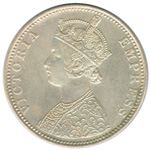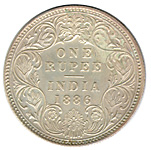 IST,
IST,
British India Coinage
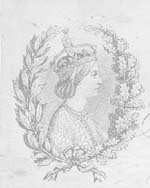
Early English settlements in India had three broad grouping: those in Western India (Bombay & Surat), those in South India (Madras) and those in the Eastern Province of Bengal (Calcutta). Early English coins accordingly developed along three broad strands in consonance with the local acceptability of the coins for the purposes of trade.
The coins of Bengal were developed along the Mughal pattern, those of Madras were struck along South Indian lines both in design and metrology (Pagoda) as well as along Mughal designs. The English coins of Western India developed along Mughal as well as English patterns. It was only in 1717 AD that the English obtained permission from the Emperor Farrukhsiyar to coin Mughal money at the Bombay mint. English pattern coins were struck at the Bombay Mint. The gold coins were termed Carolina, the silver coins Anglina, the copper coins Cupperoonand tin coins Tinny. By the early 1830, the English had become the dominant power in India. The rise of one dominant power after over a hundred years of turmoil, enabled the enactment of the Coinage Act of 1835 and for uniform coinage to be issued.
Newly designed coins with the effigy of William IV on the obverse and the value on the reverse in English and Persian, were issued in 1835.
The coins issued after 1840 bore the portrait of Queen Victoria. The first coinage under the crown was issued in 1862 and in 1877 Queen Victoria assumed the title the Empress of India.
Edward VII succeeded Queen Victoria and the coins issued bore his effigy. The Indian Coinage Act, 1906 was passed which governed the establishment of Mints as well as the coins that would be issued and the standards that would be maintained (Rupee 180 grains, Silver 916.66 standard; Half Rupee 90 grains, Quarter Rupee 45 grains). George V succeeded Edward VII. Acute shortage of silver on account of World War I, led the British Government to issue paper currency of One Rupee and Two and a half Rupees. The silver coins of smaller denominations were issued in cupro-nickel. George V was in turn succeeded by Edward VIII. However no coins were issued during his short reign. Geroge VI ascended the throne in 1936. The compulsion of the Second World War led to experiments in coinage where the standard rupee was replaced by the "Quaternary Silver Alloy". The Quaternary Silver coins were issued from 1940. In 1947 these were replaced by pure Nickel coins.
India attained freedom on 15thAugust 1947. However the existing coinage was continued as the frozen series till January 26th1950 when India became Republic.
British India Coinage - Early Issues
Mohur struck in the name of Shah Alam II, Murshidabad Mint
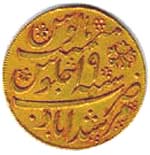
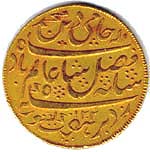
Two Pagodas in vogue in Madras Presidency
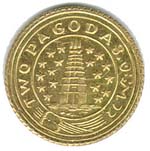
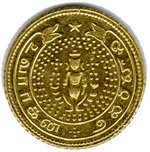
The Surat Rupee

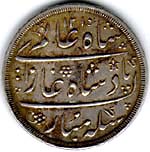
British India Coinage - Coins of William IV
Rupee One, Silver
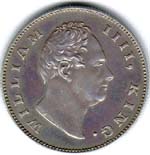

Half Rupee, Silver
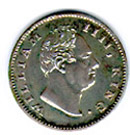
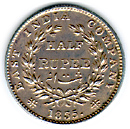
Quarter Rupee, Silver
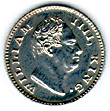
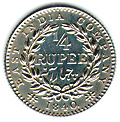
Half Anna, Copper
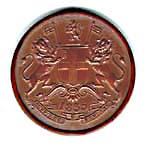
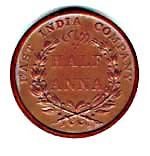
Quarter Anna, Copper
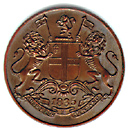
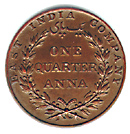
Half Pice, Copper
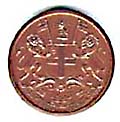
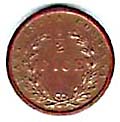
British India Coinage - Coins of George V
1/12 Anna (One Pie)
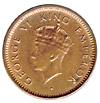
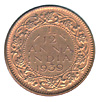
1/2 Pice
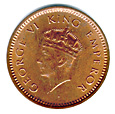
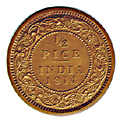
1/4 Anna (1 Pice)
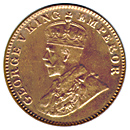
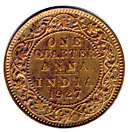
One Anna
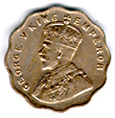
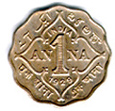
Two Annas


Quarter Rupee
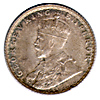
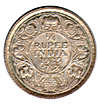
Half Rupee
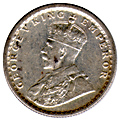
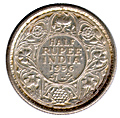
One Rupee
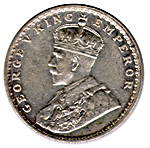
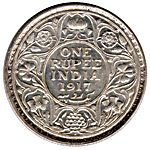
Fifteen Rupees
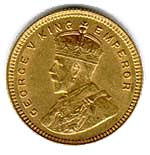
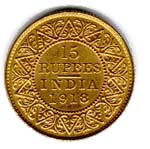
Major Design Change
Two Annas
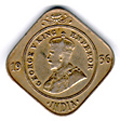
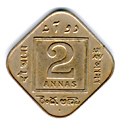
Four Annas
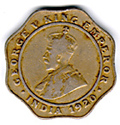
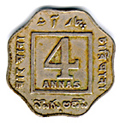
Eight Annas
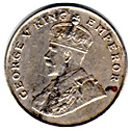
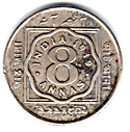
British India Coinage - Coins of George VI
1/12 Anna (One Pie)
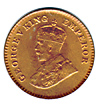
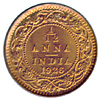
1/2 Pice


1/4 Anna (1 Pice)


Half Anna
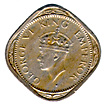
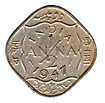
One Anna


Two Annas
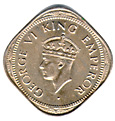
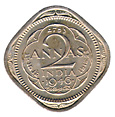
Quarter Rupee
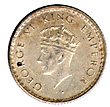
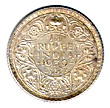
Half Rupee


One Rupee, Silver
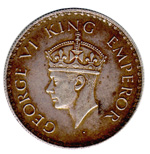
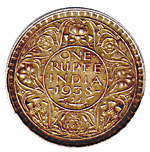
Major Design Changes
One Pice
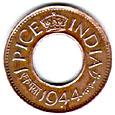
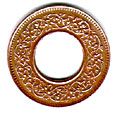
One Rupee, Quaternary
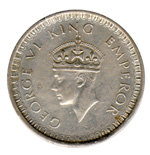
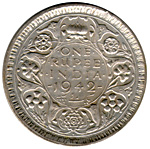
One Rupee, Nickel
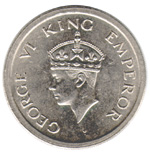
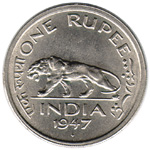
British India Coinage - Coins of Edward VII
One Twelfth Anna, Bronze
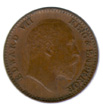
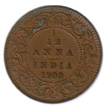
Half Pice, Bronze
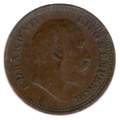
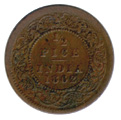
One Quarter Anna, Bronze
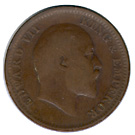
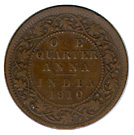
One Anna, Copper-Nickel
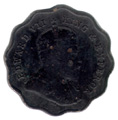
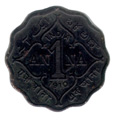
Two Annas, Silver

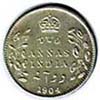
One Fourth Rupee, Silver
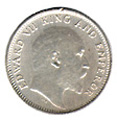
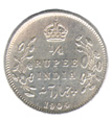
Half Rupee, Silver
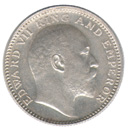
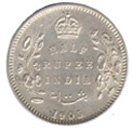
One Rupee, Silver
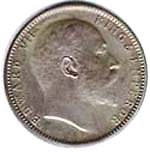
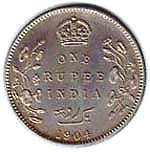
British India Coinage - Coins of Queen Victoria (Young Bust)
Two Annas, Silver
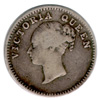

Quarter Rupee, Silver
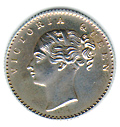

Half Rupee, Silver
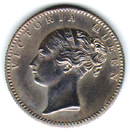
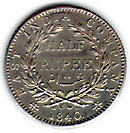
One Rupee, Silver

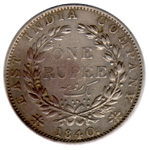
One Mohur
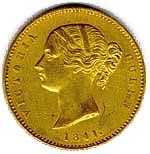
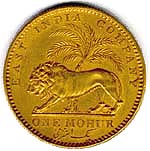
British India Coinage - Coins of Queen Victoria (Mature Bust)
One Twelfth Anna, Bronze


Half Pice, Bronze
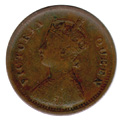
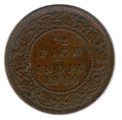
Quarter Anna, Bronze
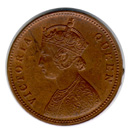
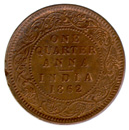
Half Anna, Bronze
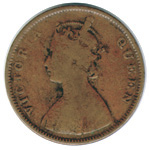

Two Annas, Silver
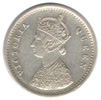
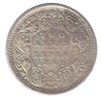
One Fourth Rupee, Silver
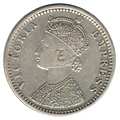
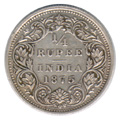
Half Rupee, Silver
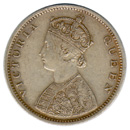
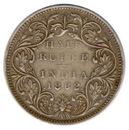
One Rupee, Silver
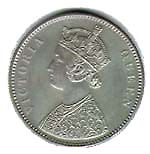
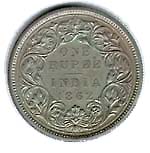
One Mohur
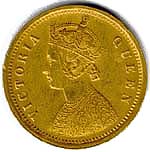
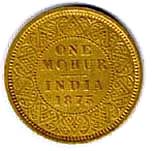
British India Coinage - Coins of Queen Victoria (Empress)
One Twelfth Anna, Bronze

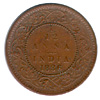
Half Pice, Bronze
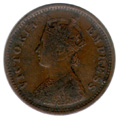
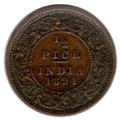
Quarter Anna, Bronze
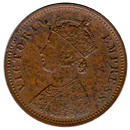
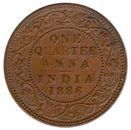
Half Anna, Bronze
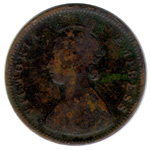
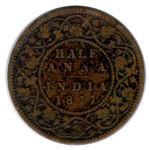
Two Annas, Silver


One Fourth Rupee, Silver
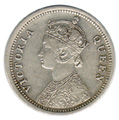
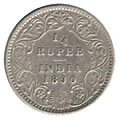
Half Rupee, Silver


One Rupee, Silver
